19th century, by Guido Reni
Madonna and Child
Oil on canvas, 68 x 88 cm
Contemporary frame, 105 x 124 cm
The work examined, depicting the Virgin with the Child in a moment of great tenderness, can be directly compared to the famous painting by Guido Reni (1574-1642) now preserved in Vienna at the Kunsthistorisches Museum, dated in the catalogue between 1640 and 1642 (66x88 cm).
This iconic depiction of the Madonna adoring the Child, whose original prototype is unknown, was a great success in painting and engraving among contemporaries and in the centuries that followed. This is evidenced by the various versions created by Guido Reni, such as the one in the Doria Pamphili Gallery in Rome (1625-1627), but also by the reproductions made by his workshop to satisfy numerous requests from both ecclesiastical and private clients. A significant example of the great success of Reni's model is an early and faithful canvas by Giovanni Battista Salvi, known as Sassoferrato (1609-1685), now in the Galleria Civica A. L. Parmeggiani in Reggio Emilia.
Sassoferrato particularly appreciated Renian iconographic invention, subsequently deriving other works of the same subject and similar composition from it. Also dating from the 17th century are several engravings, with variations, by the Dutch artist Cornelis Bloemaert and the French artist Jean Boulanger, both housed in the Gabinetto dei Disegni e Stampe della Pinacoteca Nazionale in Bologna.
The main variation of this scene shows the Virgin with her hands clasped in prayer or with her hands on her chest. Other variations concern the position of the head of the sleeping Baby Jesus, facing upwards, as in this version, rather than reclining to one side, as well as the position of the arms and legs; finally, the drapery in the background may vary.
These engravings, the d'après and the canvases by Sassoferrato contributed to the immense popularity of this iconography, which has been widespread and appreciated over the centuries, above all for its devotional potential and the intense emotion it conveys.
The intensity of the close-up scene also stands out in the version examined here: it is occupied transversally by the body abandoned in the serene repose of the Child, where the divine nature lies asleep beneath the human; above him, leaning in a protective and at the same time contemplative gesture, is the Virgin Mary, expressing all her maternal tenderness, but also her awareness of her Son's future.
The interesting pictorial device of the circular format, also present in Guido Reni's versions and in the engravings, allows the observer to feel involved and emotionally engaged.
All our works are accompanied by a detailed certificate of authenticity.
Professional packaging and insured shipping to ensure maximum safety during transport.
For further information, please do not hesitate to contact us on +39 3335747733 – info@dequart.com
VIDEO CALLS and direct viewings are available by appointment in MILAN and OMEGNA (Vb).



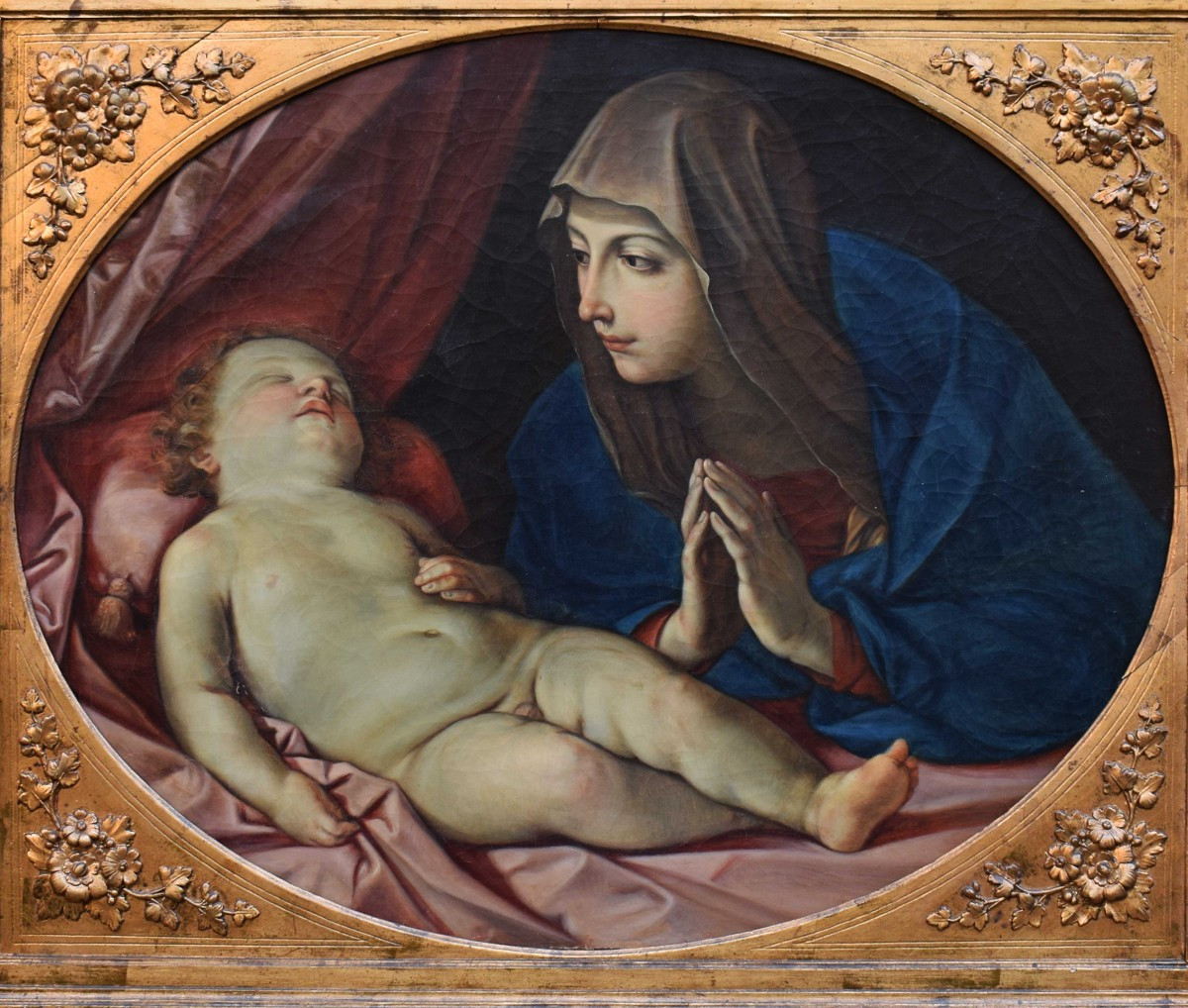







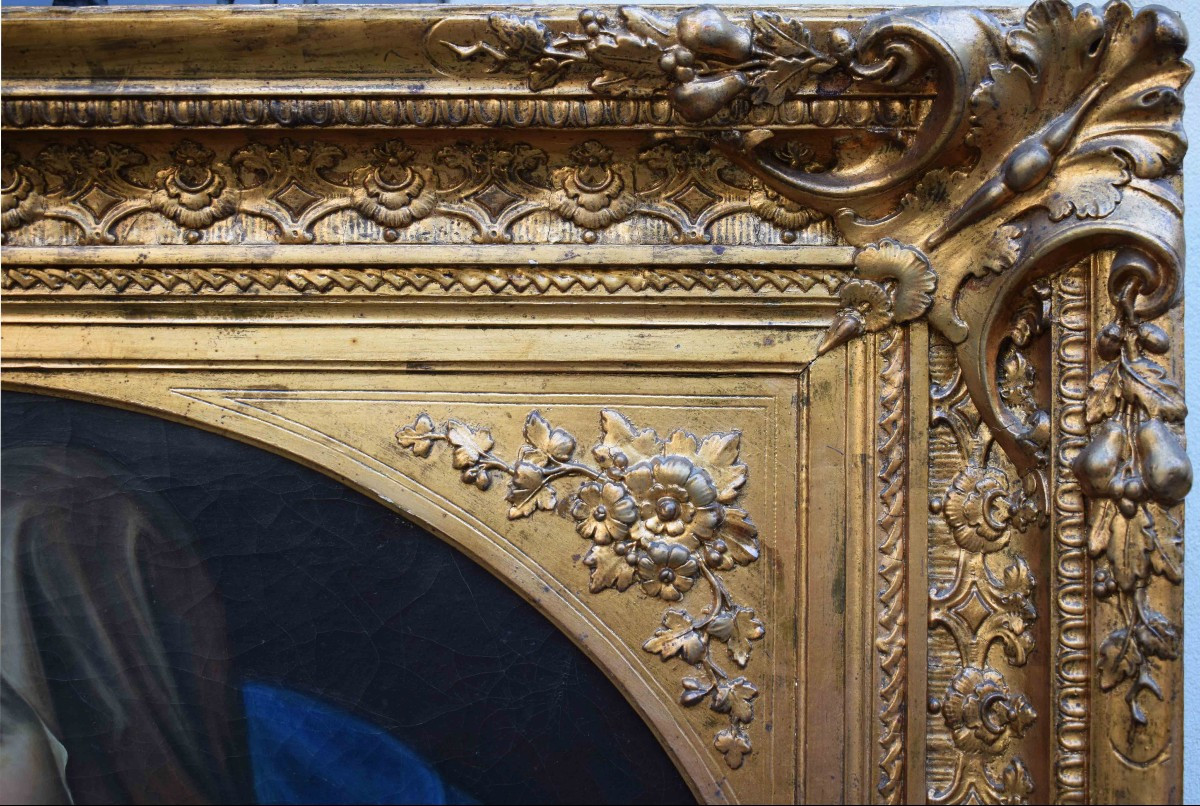





















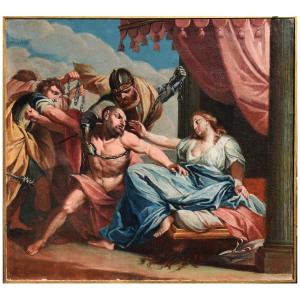




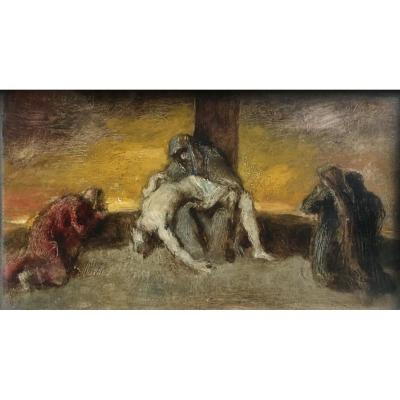
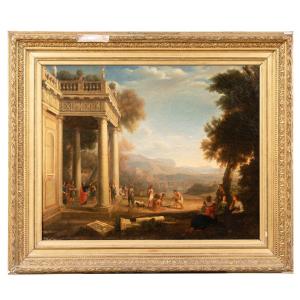





 Le Magazine de PROANTIC
Le Magazine de PROANTIC TRÉSORS Magazine
TRÉSORS Magazine Rivista Artiquariato
Rivista Artiquariato